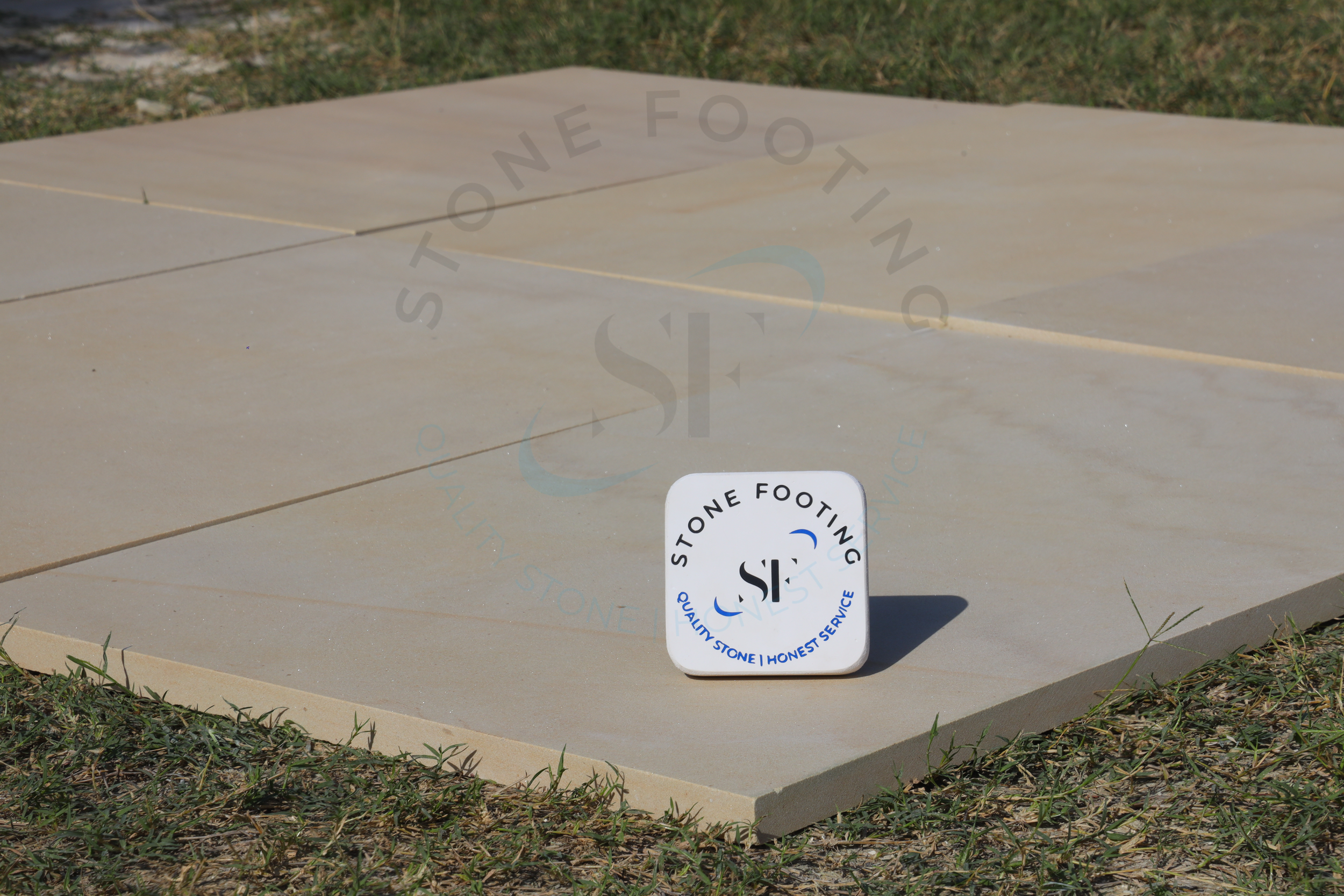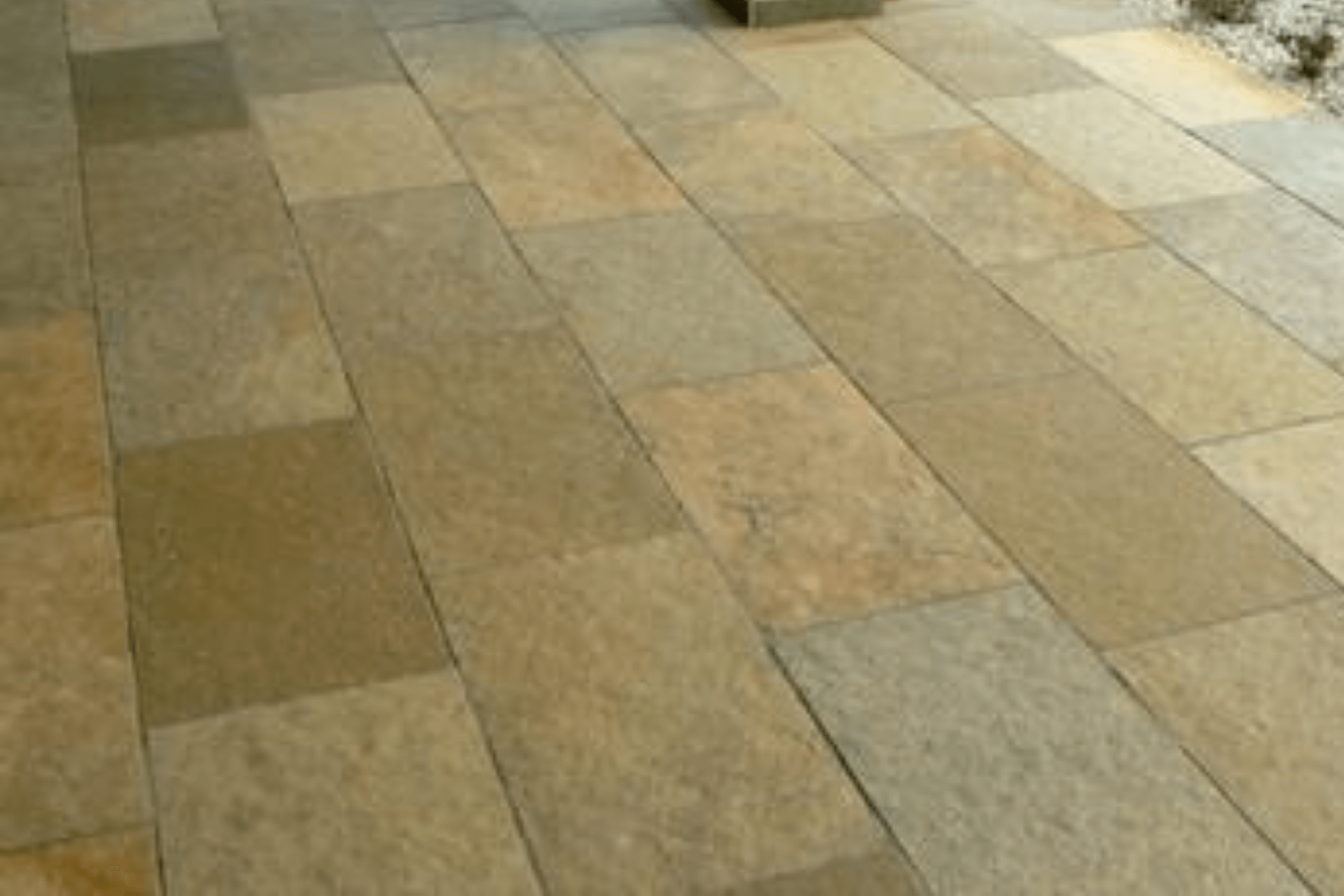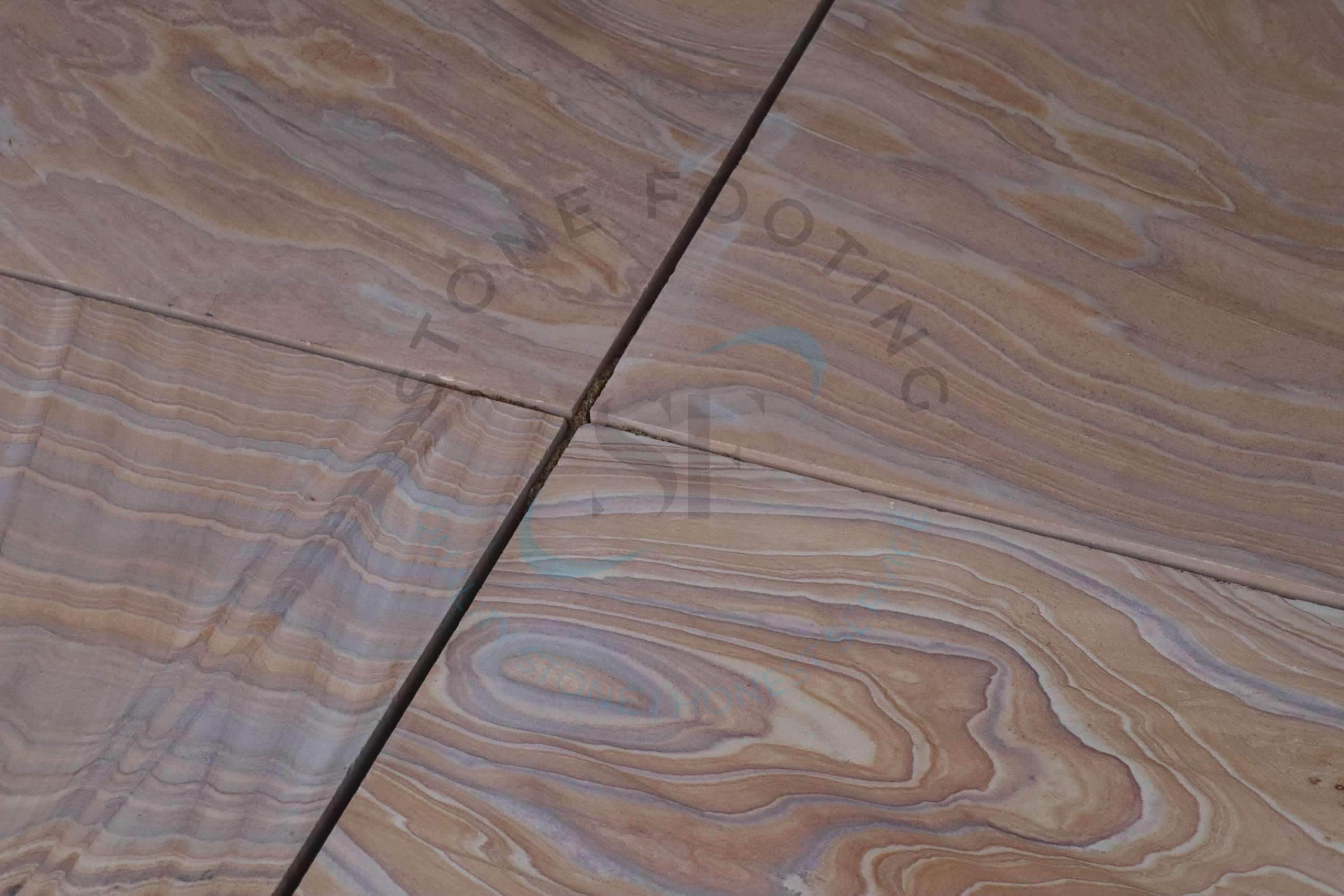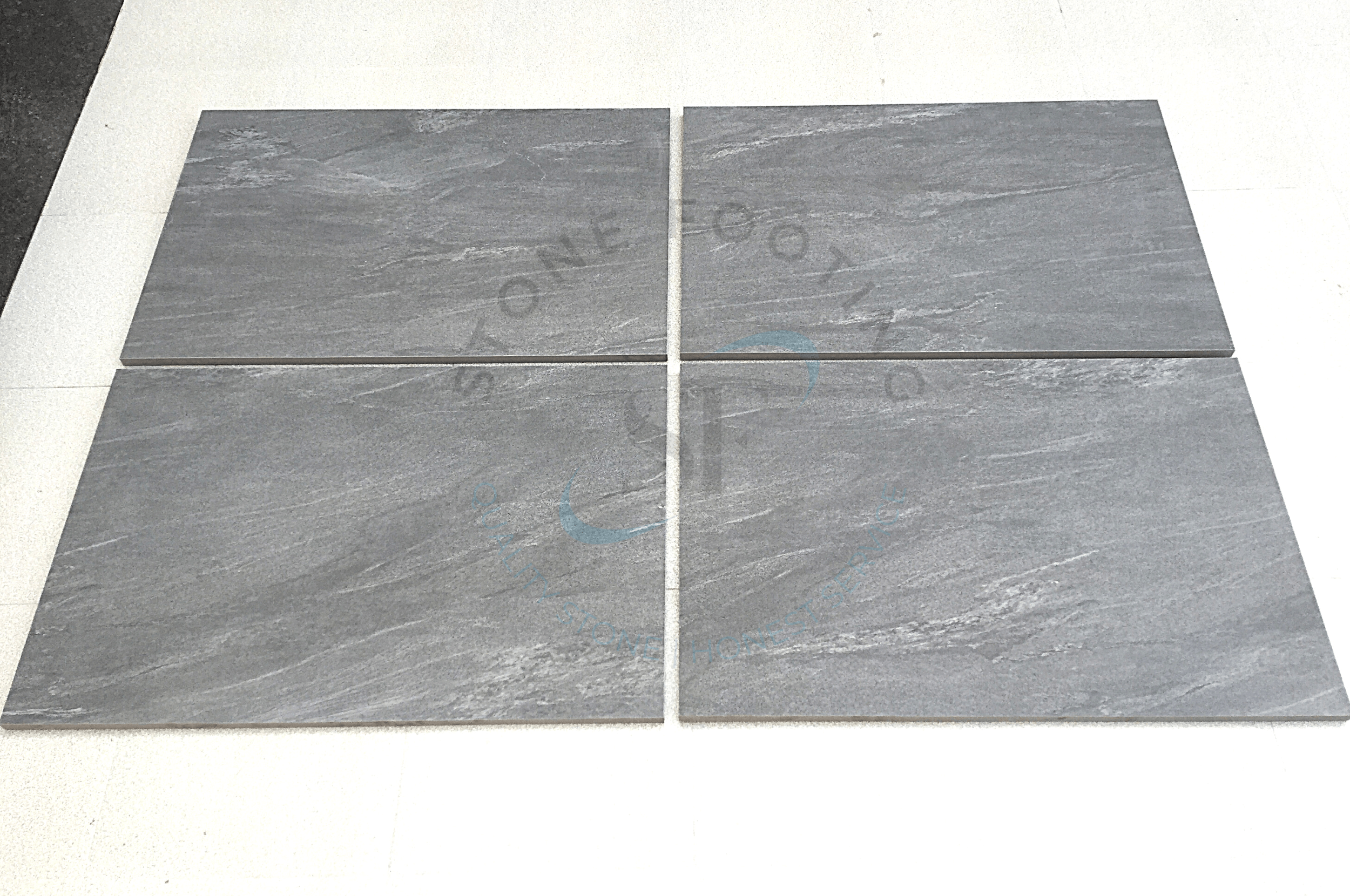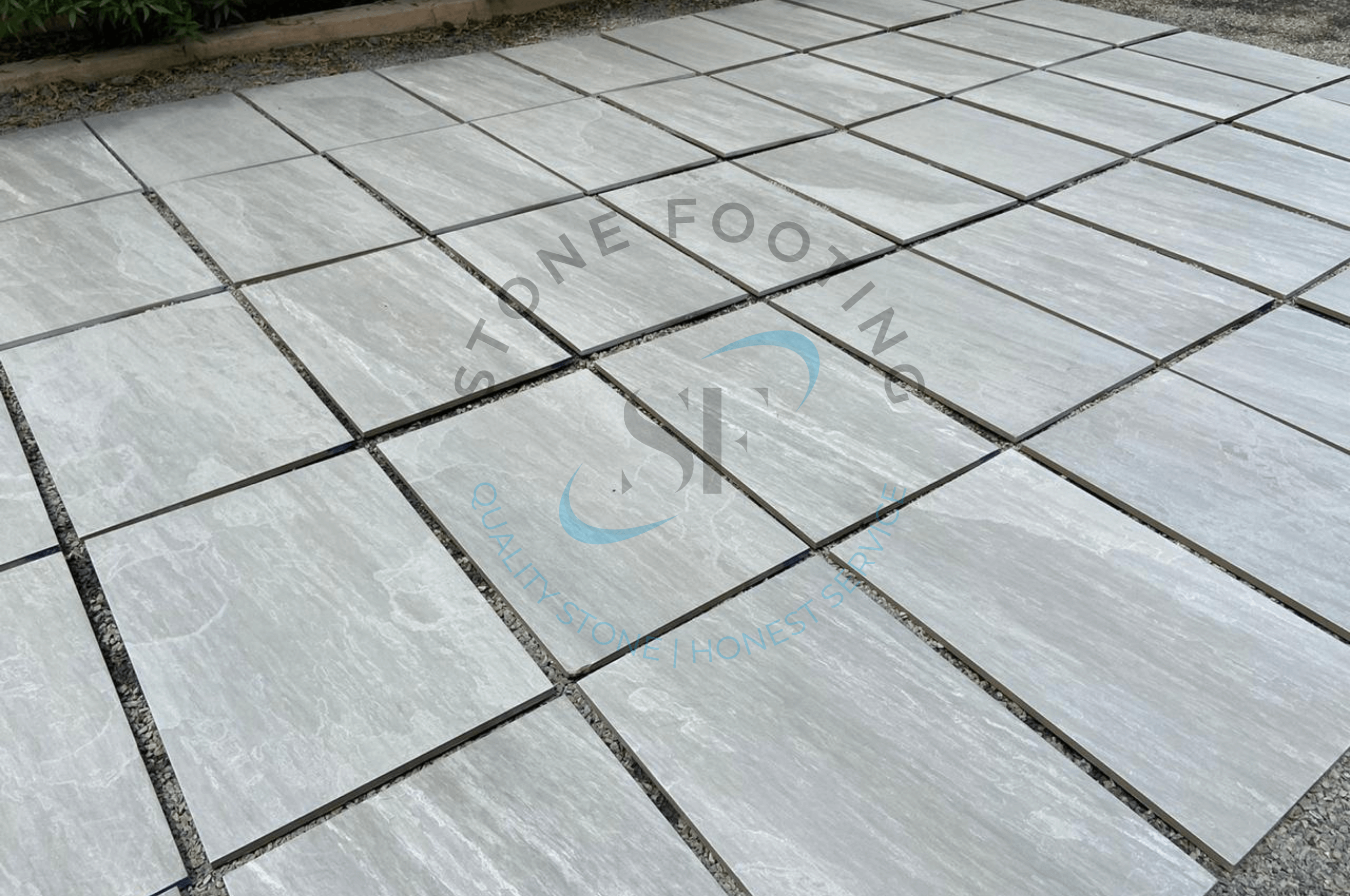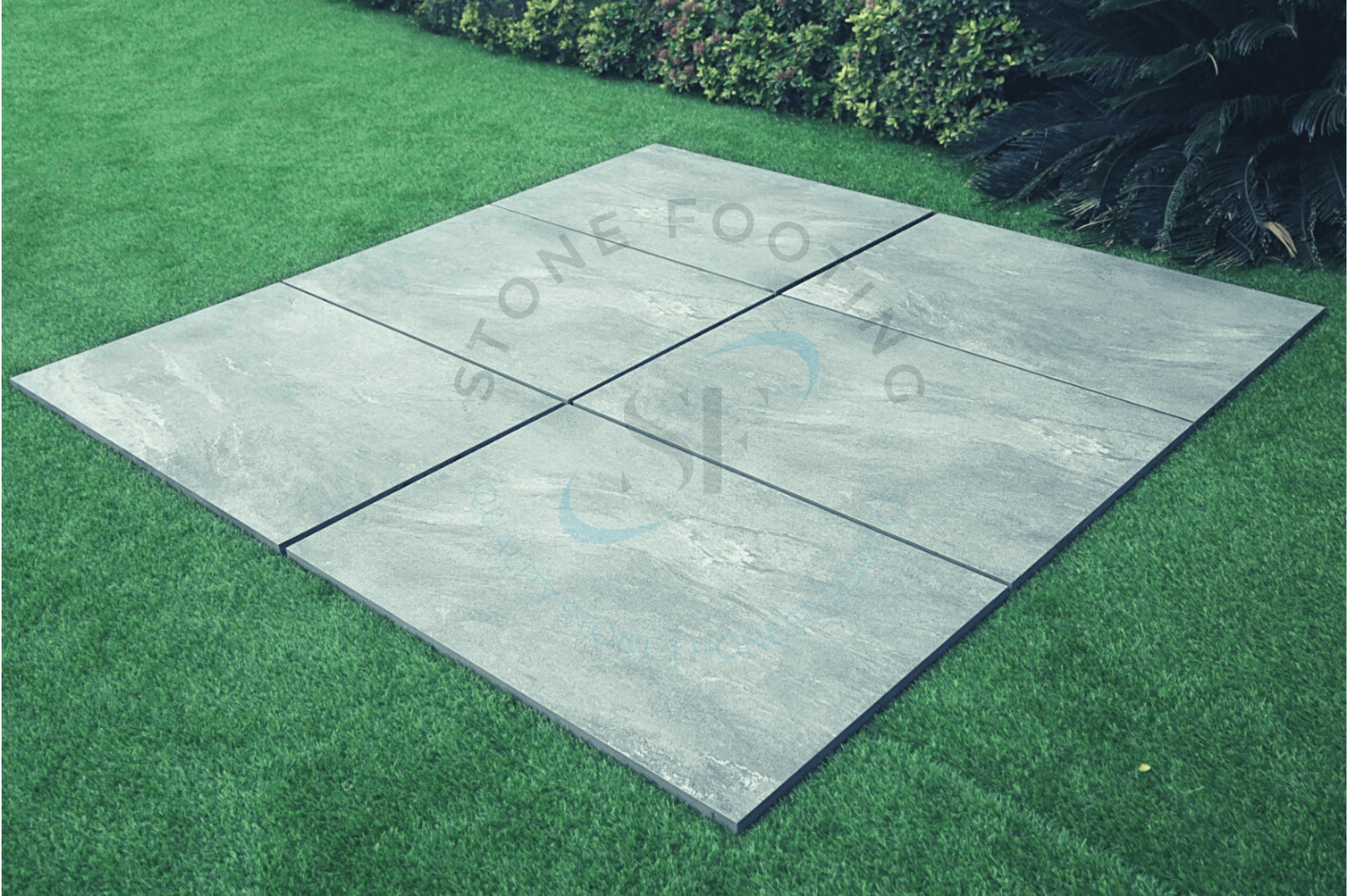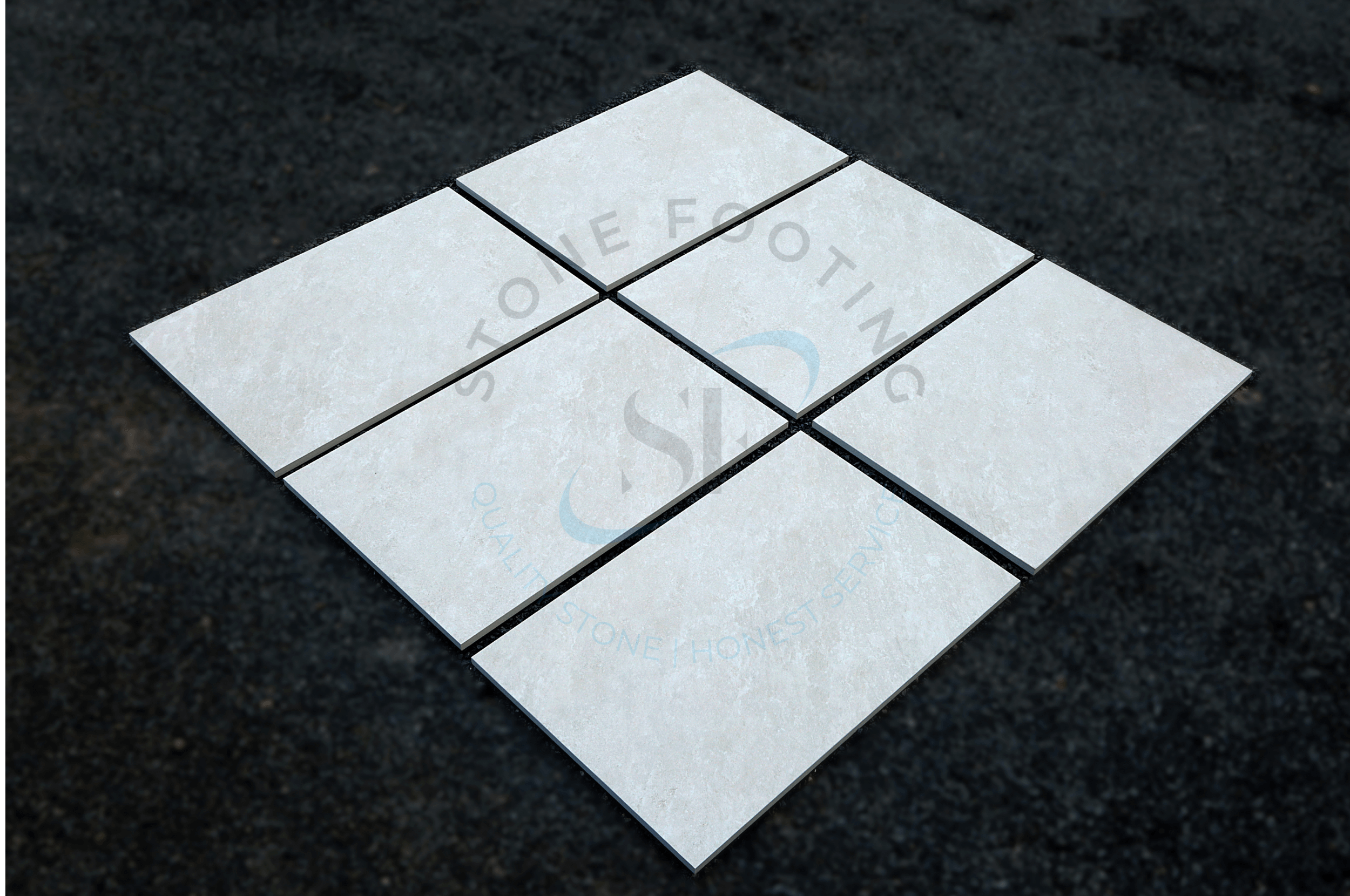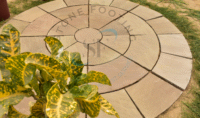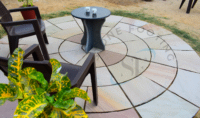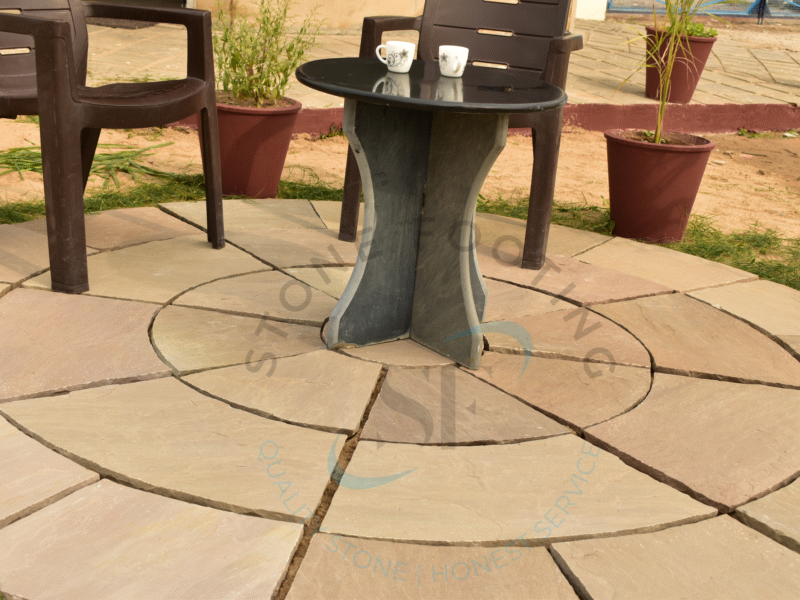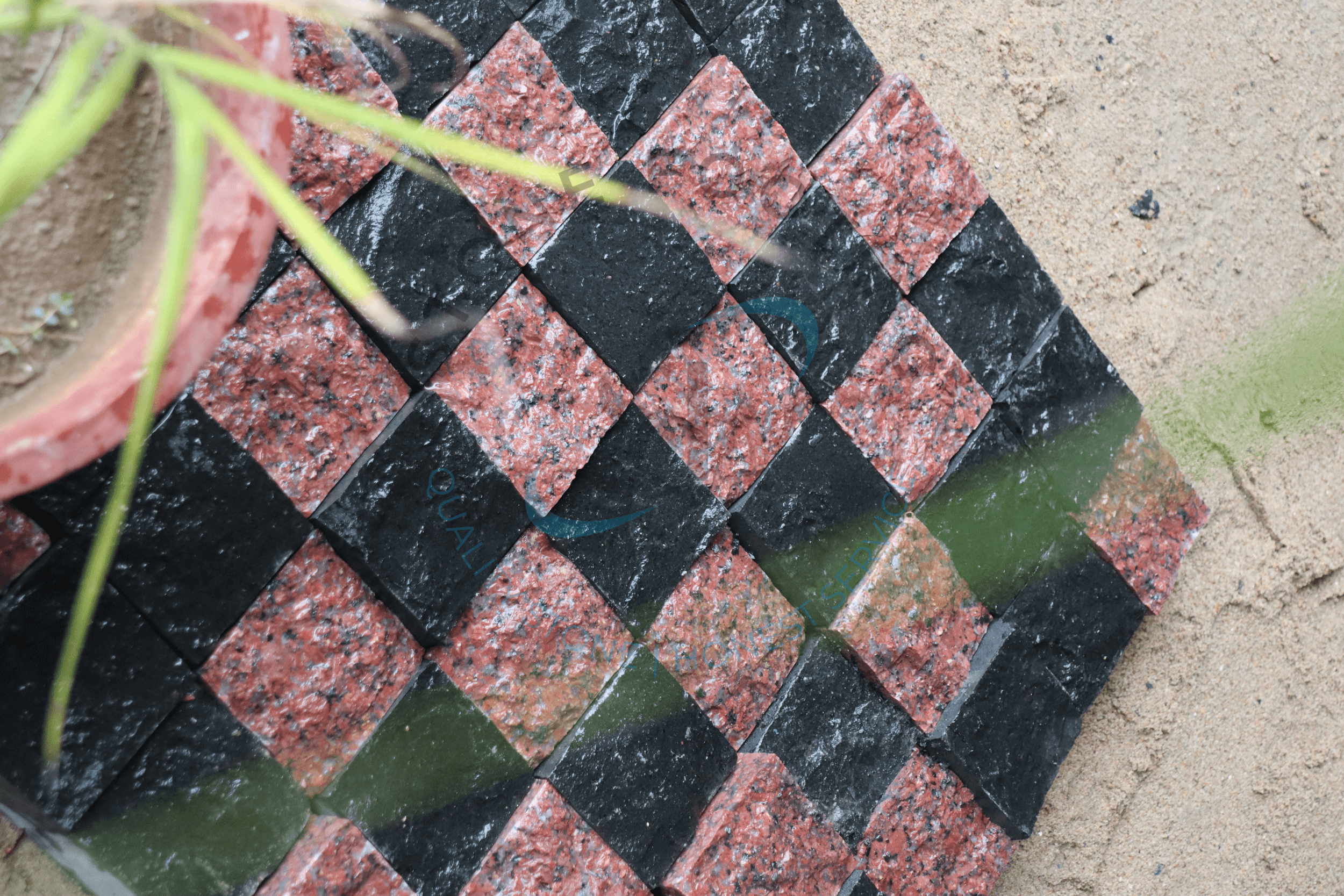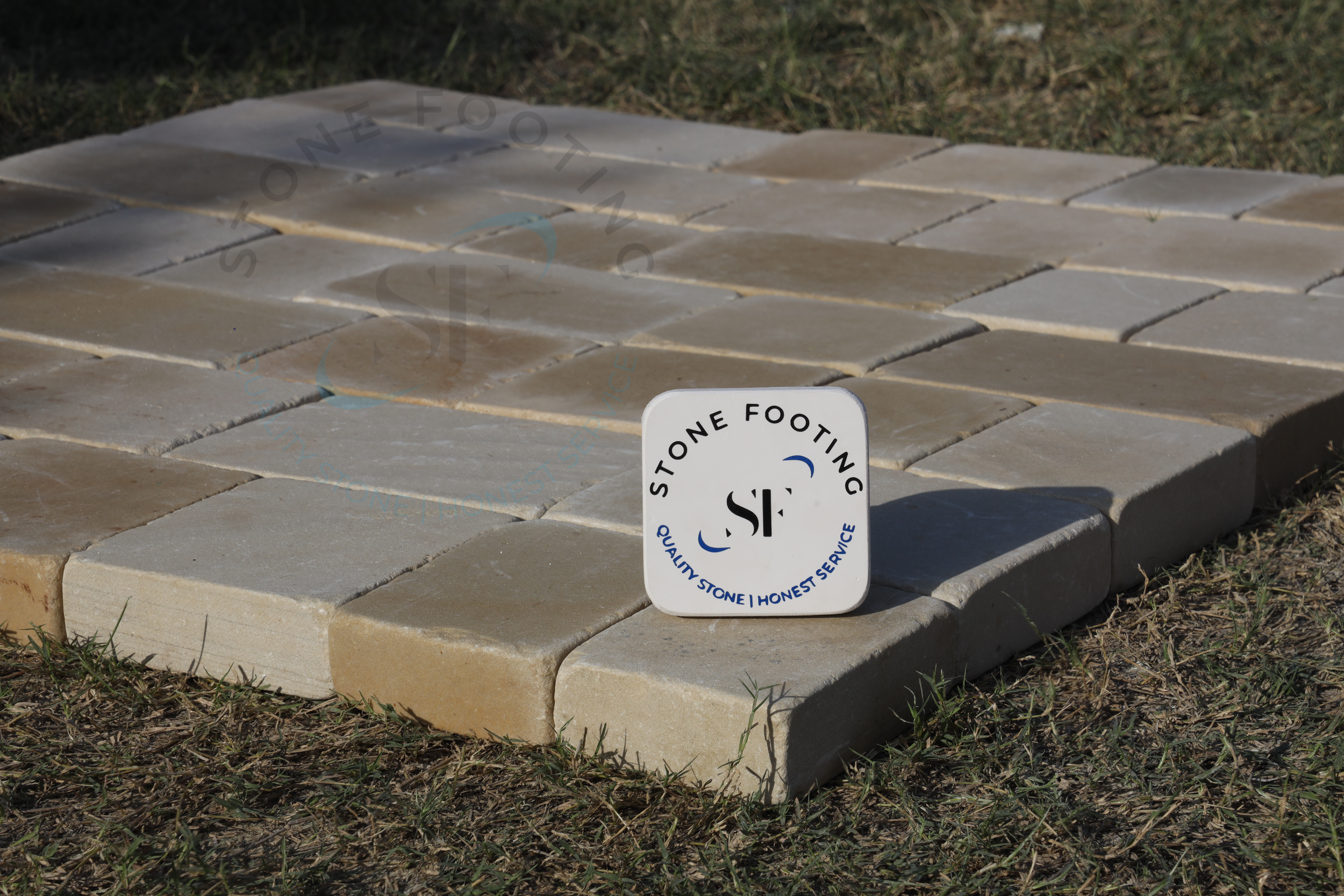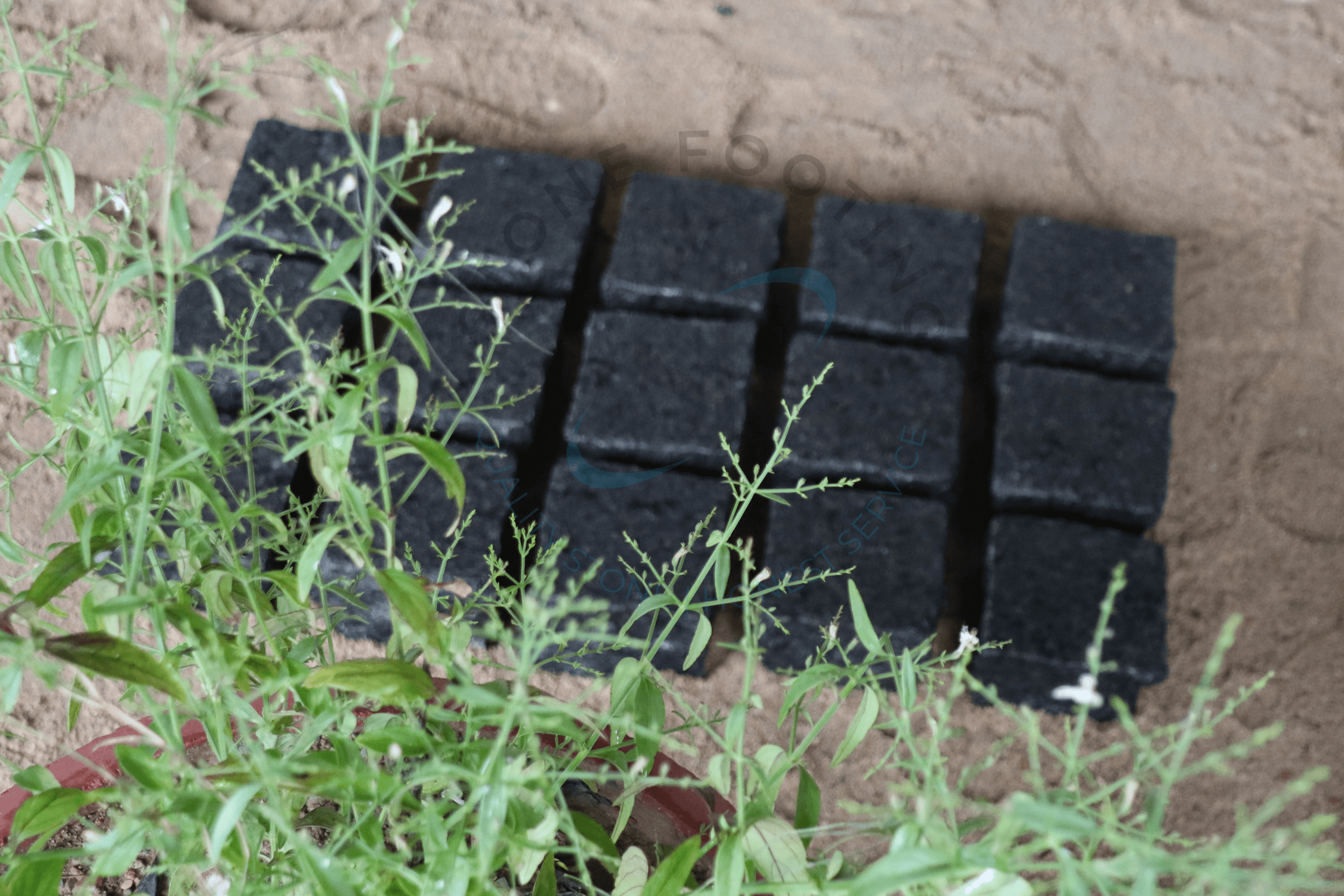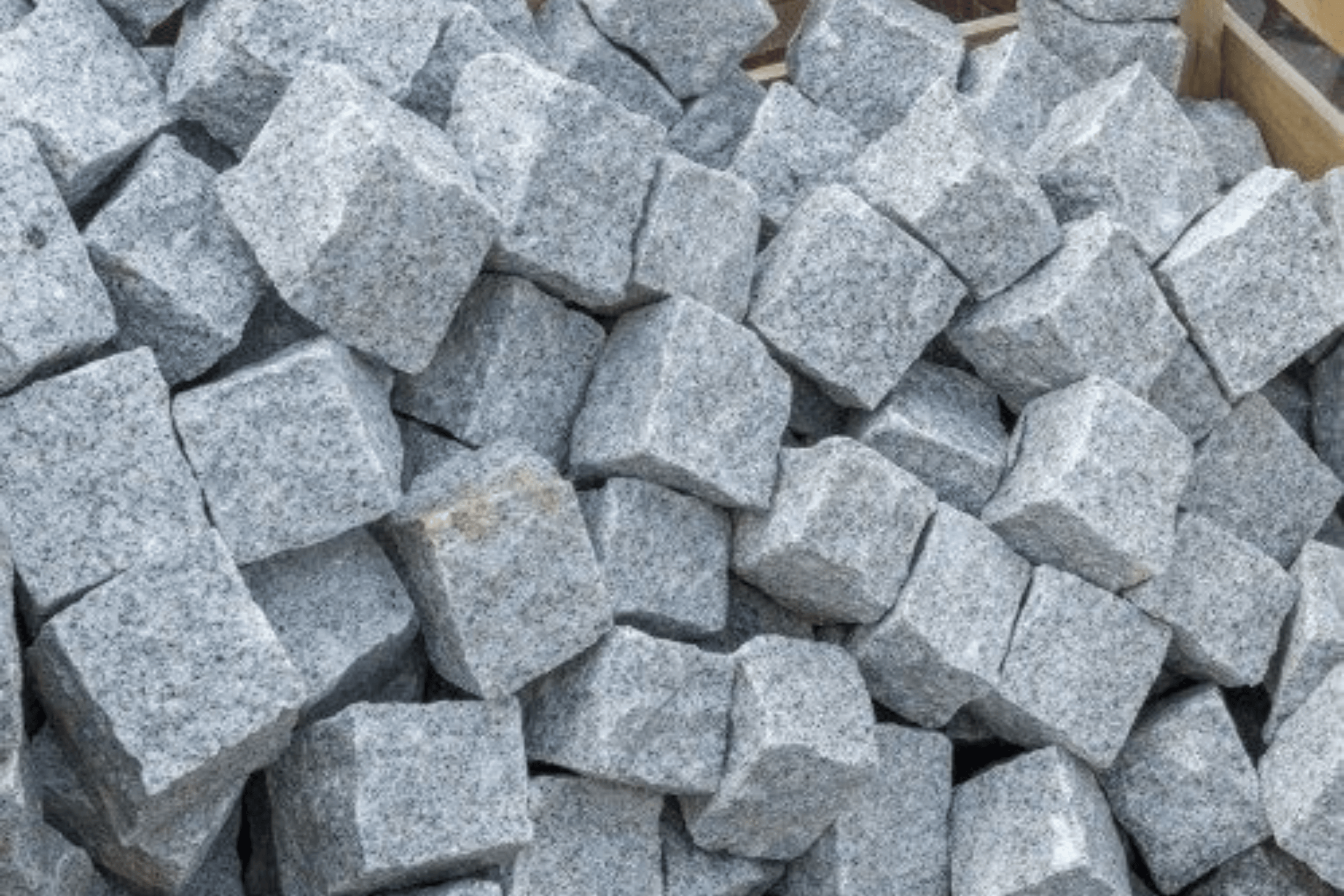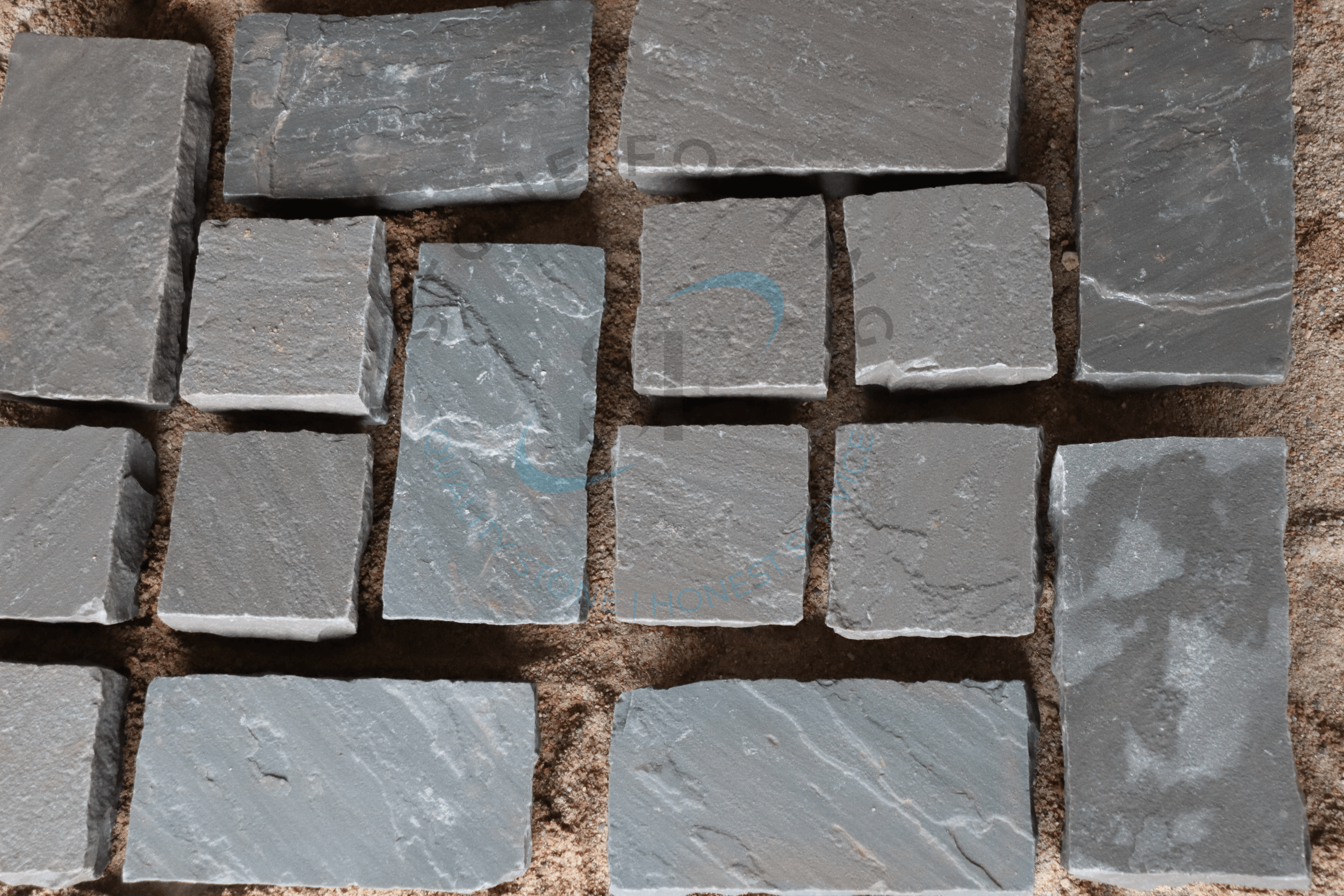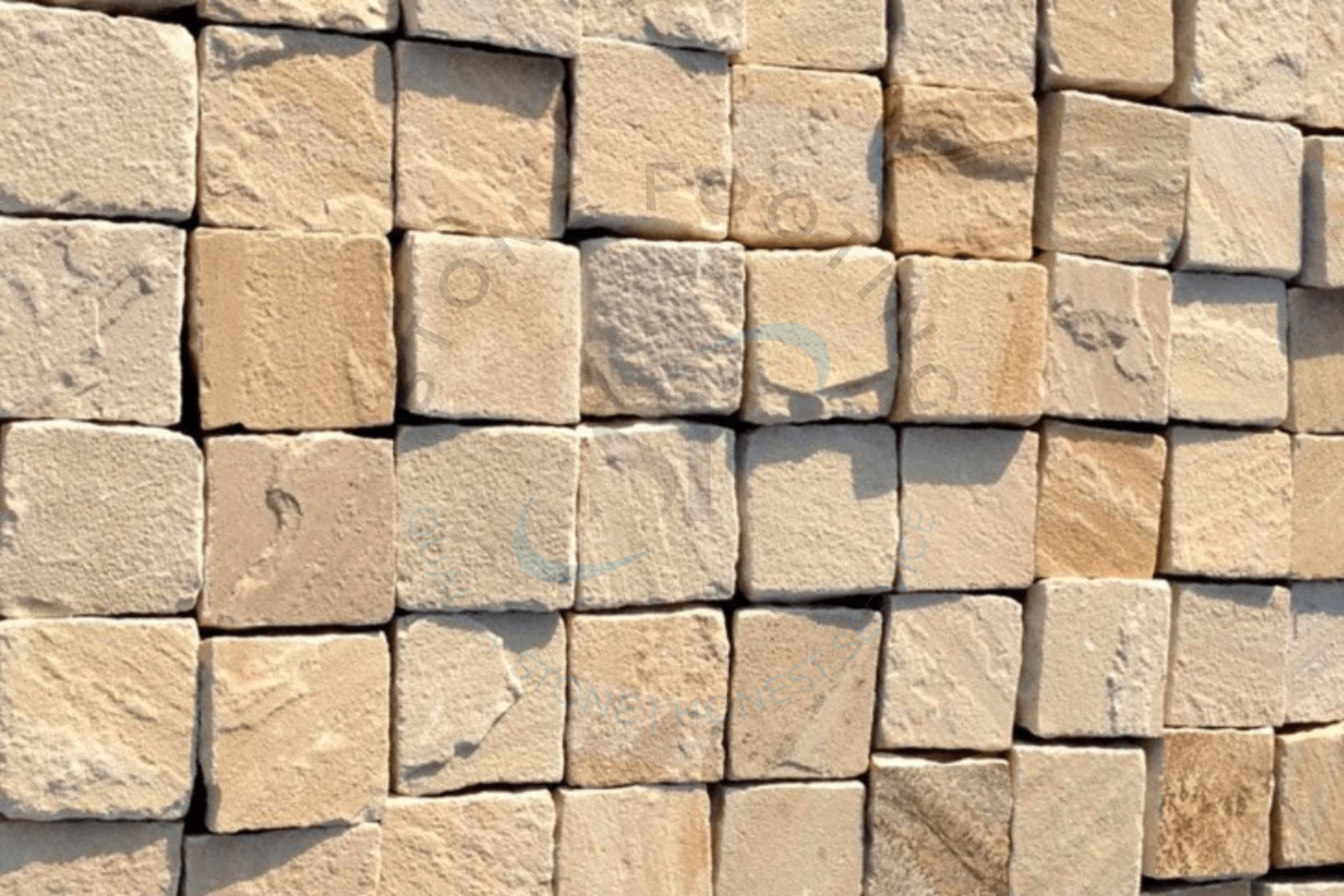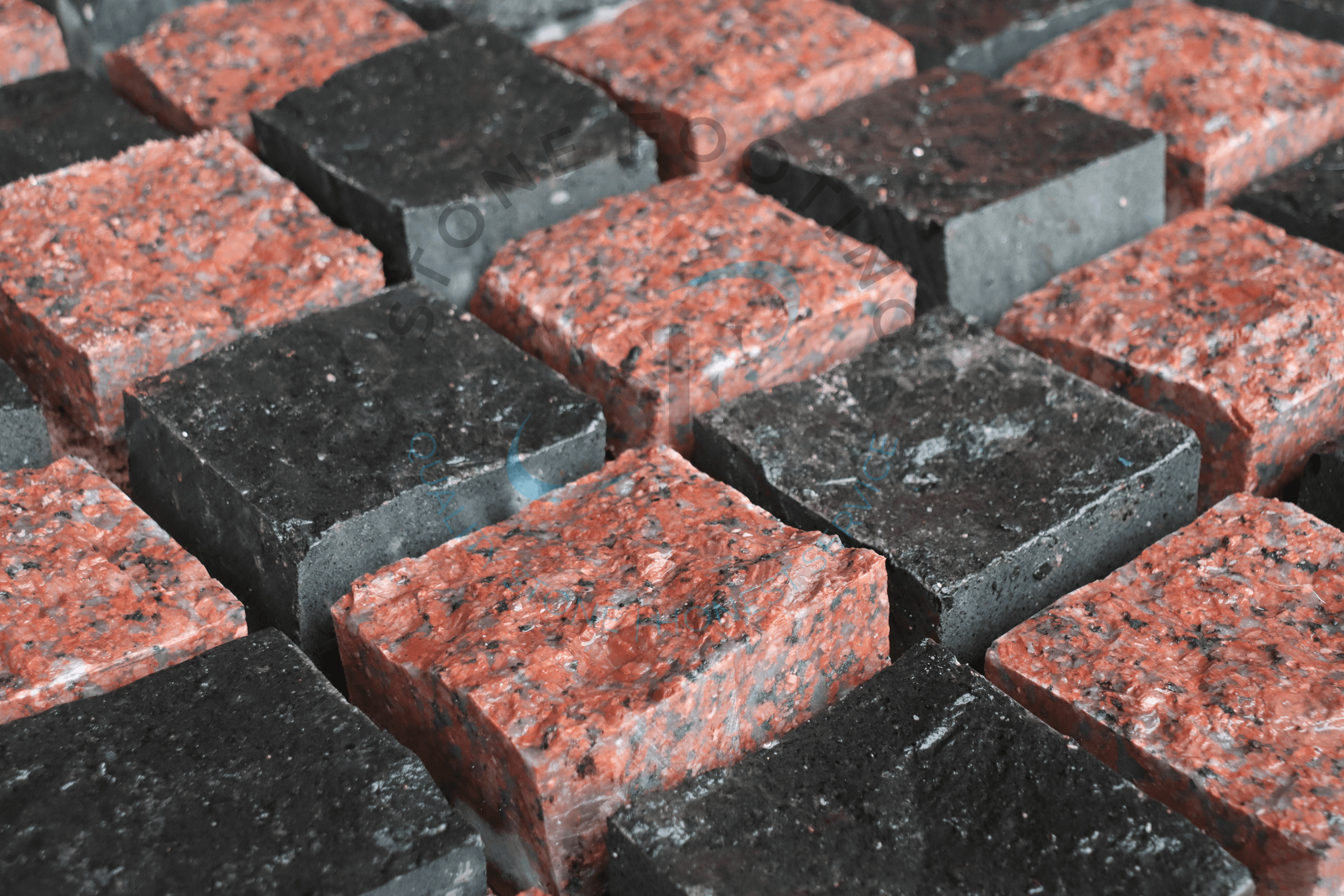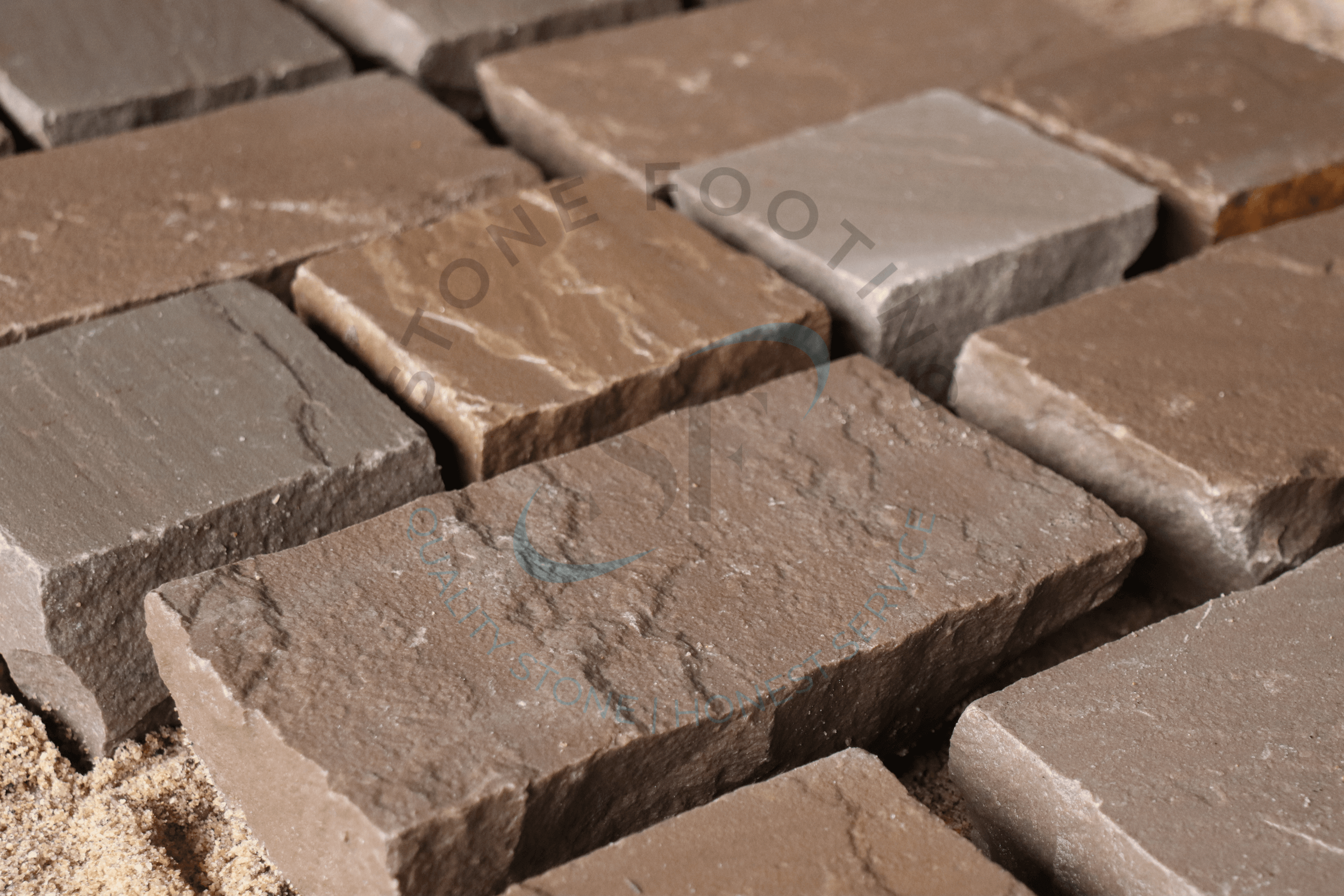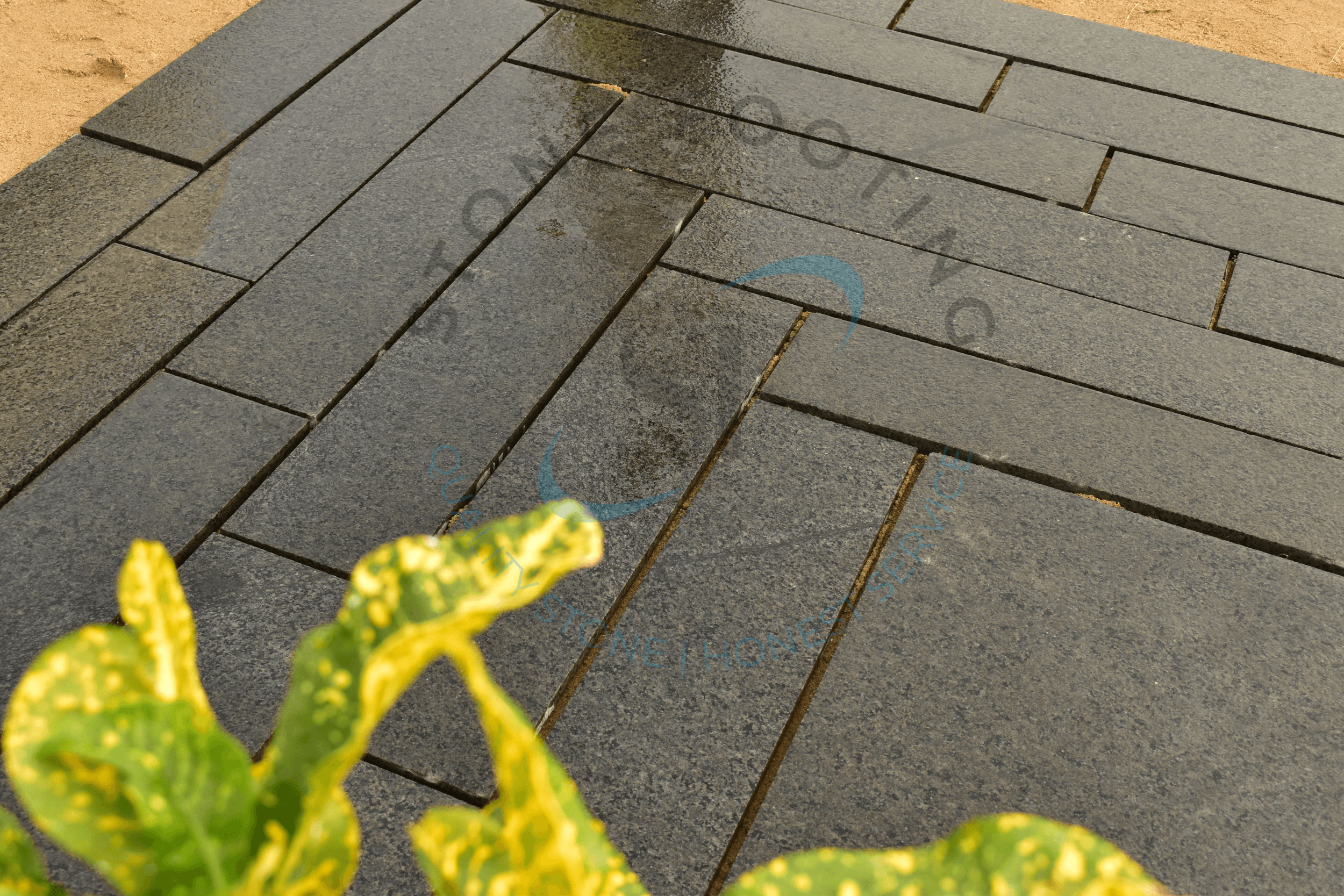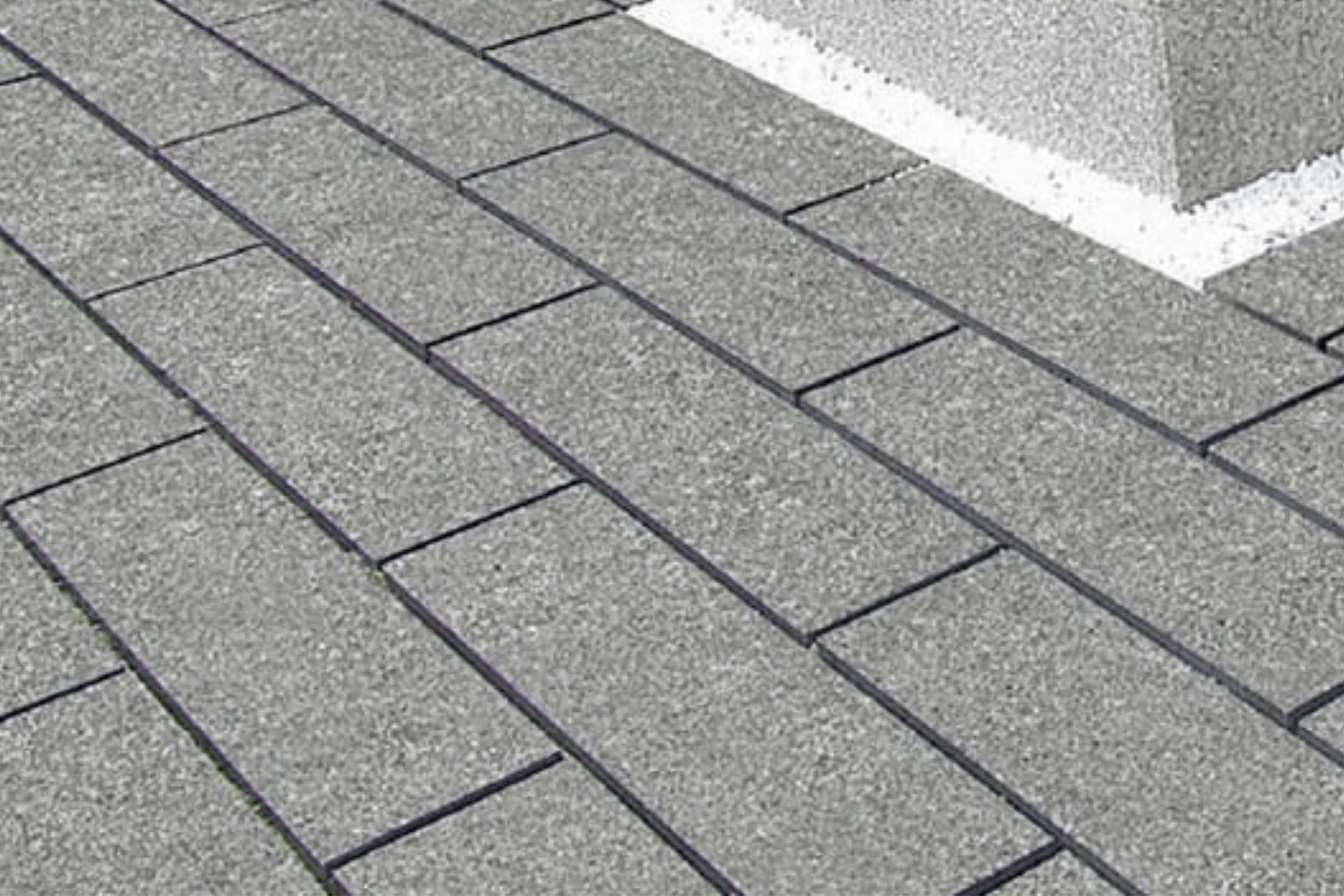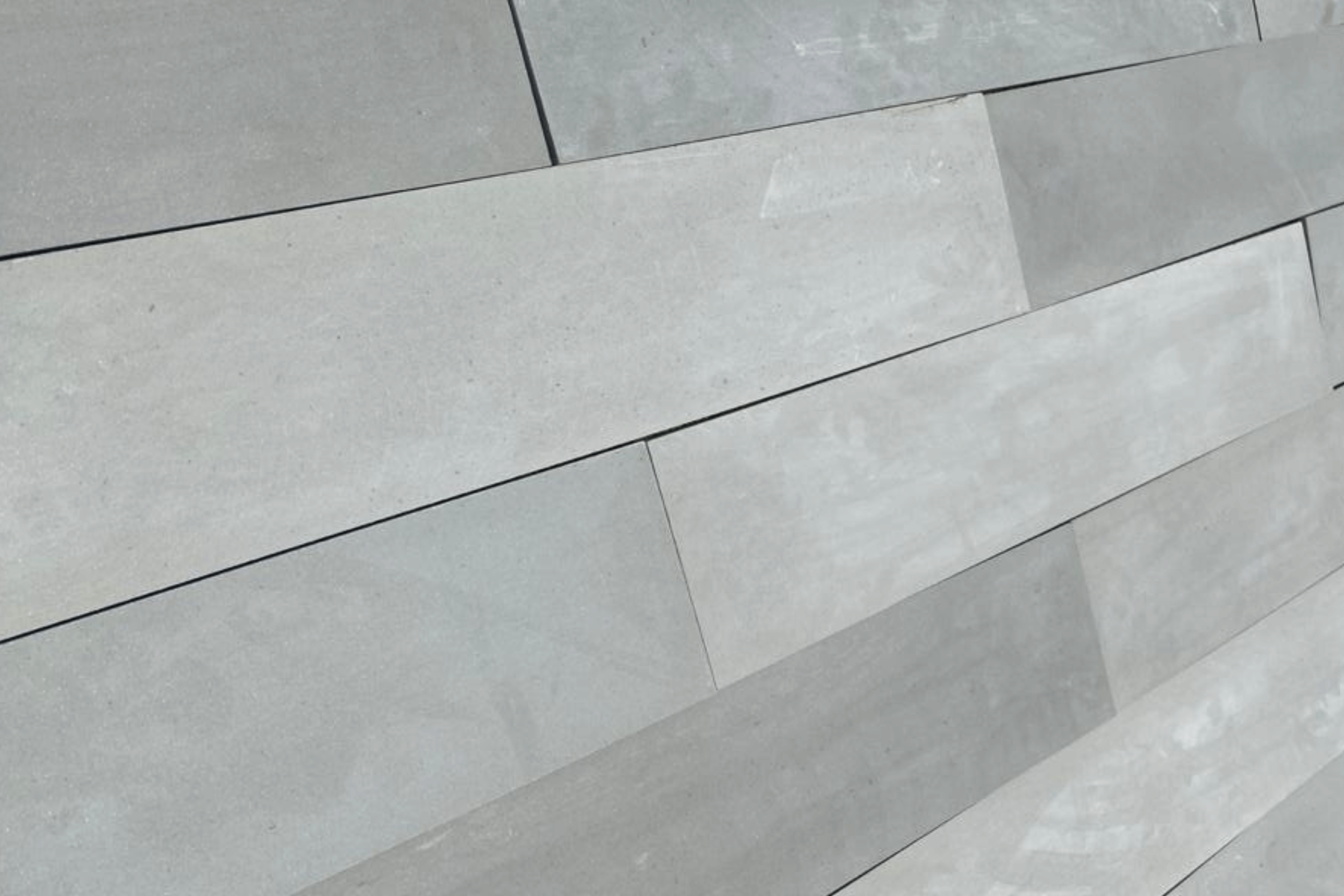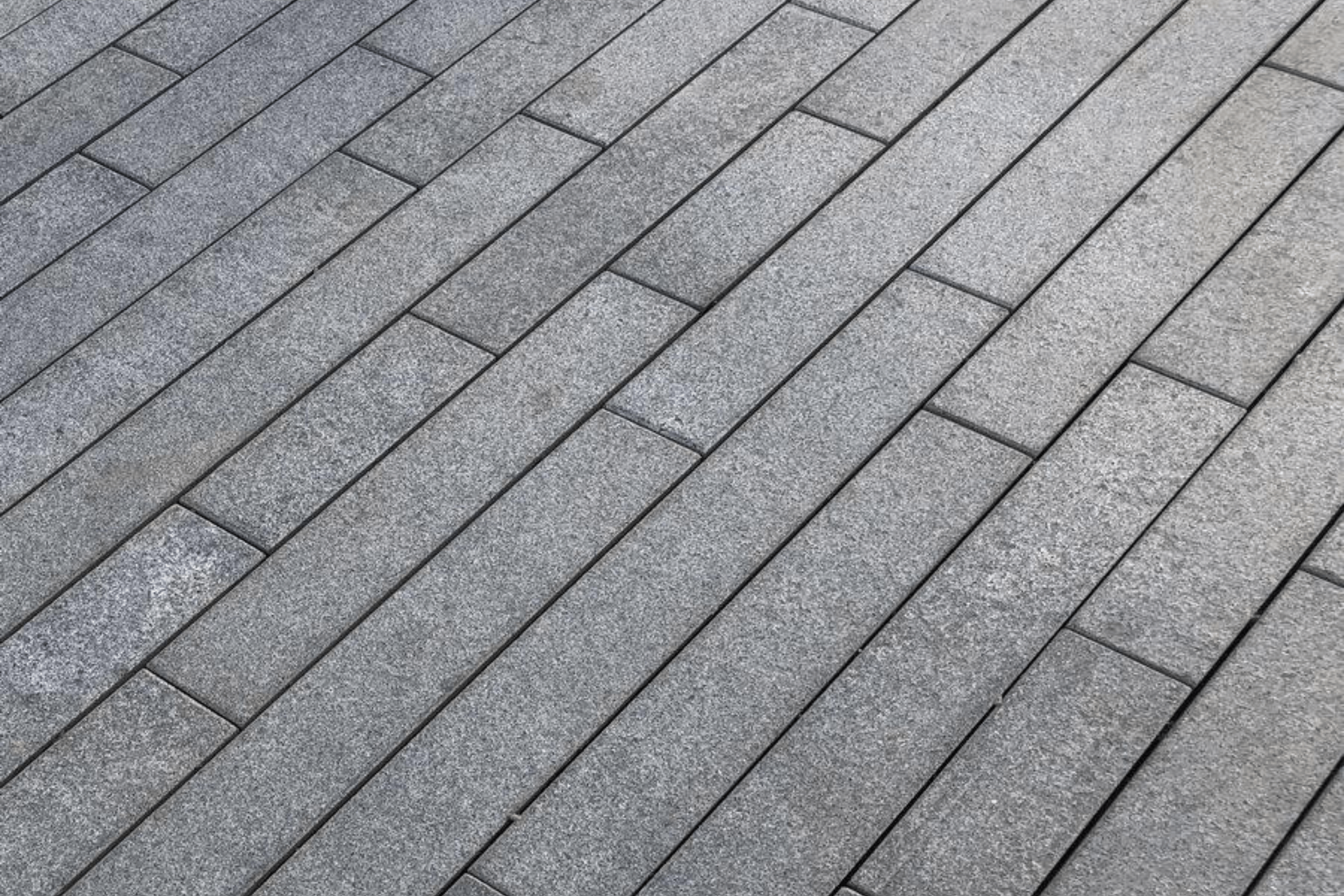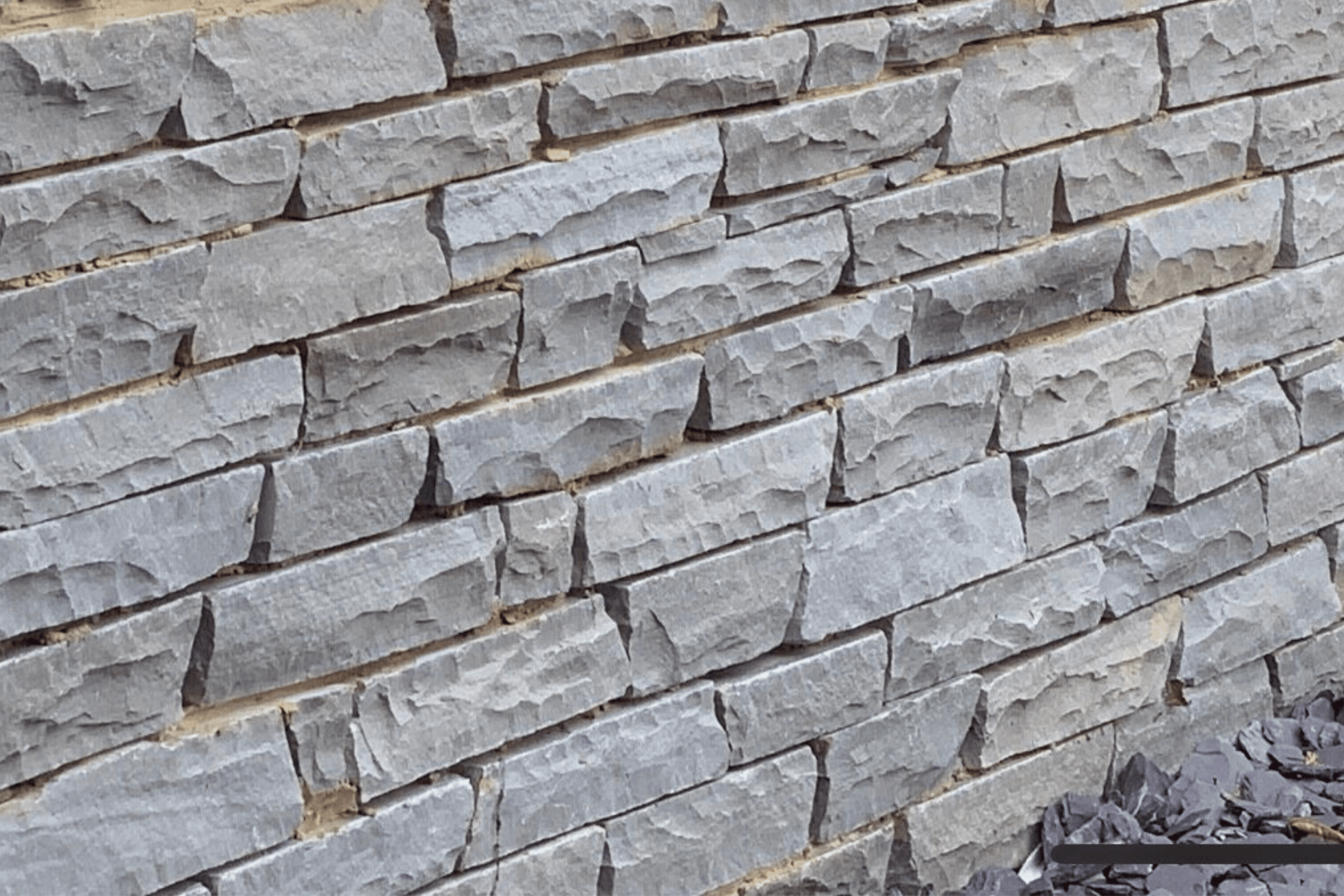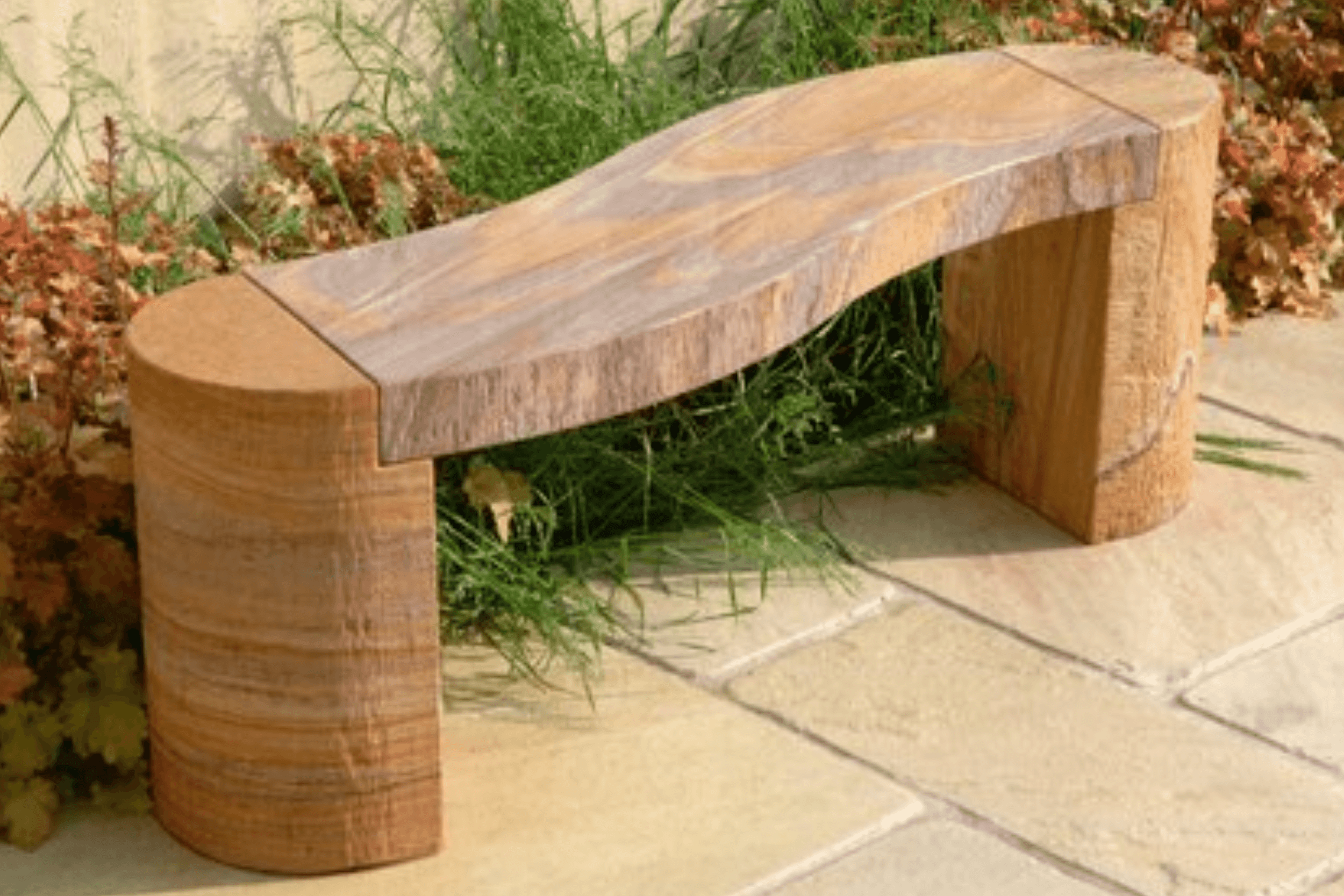The world in which we live is vast and diverse. It has diverse components in its outer and inner layers, and it is made up of water, gasses, and other things, as well as rocks. There are three sorts of these rocks:
Igneous rock is formed by the solidification of magma or lava.
Sedimentary rock is a type of sedimentary rock that is made up of mineral and organic particles that have collected through time.
Metamorphic rock is composed of igneous or sedimentary rocks that have crystallized after being exposed to high temperatures.
Implying, Marble is a metamorphic rock and Limestone is a sedimentary rock.
Formation
Limestone is a sedimentary rock created when mud, sand, and shells are deposited in seas and lakes and turn into limestone. It is porous and soluble in water because it is made up of fossilized particles. Silica, clay, silt, and sand make up the material. It can be crystalline, clastic, granular, or huge, and it comes in a variety of hues.
The great pyramid is built of limestone, which is a hefty material that is not ideal for usage in big constructions. Although it is more expensive than other materials, it lasts a long time and is easy to cut and carve.
On the other hand, Marble, on the other hand, is a rock generated during the mountain-building process when limestone recrystallizes into marble. When limestone is heated and crushed during the formation of rocks, the grains recrystallize.
It is metamorphic and is commonly used in construction and sculpture. Because of the mineral impurities in the limestone, marble comes in a variety of hues. White marbles are commonly used in sculptures. Polished calcite, dolomite, and serpentine marble are utilized in building, while light-colored marbles are employed in numerous industries.
Let us now differentiate Limestone vs Marble on the basis of their characteristics.
Limestone Vs Marble
Applications
Although marble and limestone are available in the same slabs, panels, and tiles as granite, these materials are not suitable for the same uses. Marble is a popular choice for bathroom floors and walls, as well as fireplace surrounds and furniture like tabletops. Limestone looks great as a wall panel, on the floor or walls of the foyer, and around the fireplace.
Aesthetics
Marble and limestone are easily distinguished with the naked eye, despite their identical origins and makeup. Limestone is often grey, tan, or brown in hue, with fossil and shell imprints. Pinks, tans, greys, reds, blues, and greens are among the many hues available in marble, which range from white to black. All of the fossils in the stone have re – extracted and are no longer accessible, yet because of the inclusion of minerals, the marble may exhibit veining and color streaks.
Hardness
The fact that these stones are not considered hard materials is one of the reasons why they can be fashioned so simply. Marble is more influenced by heat beneath the Earth’s surface than limestone. As a result, marble tends to be more compacted than limestone, making it harder.
Color Variations
The spectrum of available colors must be a primary consideration when choosing between limestone and marble. Marble comes in a larger range of colors than limestone. White, black, pink, green, blue, and grey are among the colors offered. So, if your kitchen idea is based on blue tones, you can only enhance this scheme by selecting marble. On the other side, perhaps your kitchen is designed in a rural style with neutrals. The subdued and more rustic tans and browns of limestone may be more appropriate here.
Costing
This is not a simple question. In general, limestone is less expensive than marble. It is popular in the UK, lowering mining and shipping expenses. However, it all depends on the precise stone that you fall in love with for your kitchen! For illustration, an unique sandstone that has traveled a great distance may be more valuable than a regional marble.
Take Caution With Acid
Aside from their comparable roots, marble and limestone have another thing in common: both are extremely prone to harm when exposed to acidic elements. For homeowners, this means that even a spilt glass of lemonade or a drop of vinegar can leave lasting dull scars on the stone’s surface. Only by properly resurfacing and rehoming the stone can this acid etching be eliminated.
Final Thoughts!!
Speak with your local stone provider to receive guidance on which product looks the best. All natural stone requires some upkeep, but it is well worth it! It is both a declaration and a work of art for your house, which you may use for entertaining and sharing experiences. Stone enhances the value and character of your property. The difference between limestone and marble is negligible, so choose the stone that you want in terms of appearance and feel.
Also, if you want to learn more about the differences between limestone slabs and tiles and marble slabs and tiles, give us a call at Stone Footing, the leading wholesaler of limestone paving stone with different popular finishes in the UK and other European Countries and one of our highly educated staff members will be happy to assist you.
Frequently Asked Questions
Is marble more durable than limestone?
Marble is more influenced by the temperature of the crust of the earth than limestone. As a result, marble is more compressed than limestone and, as a result, tougher.
Is limestone a decent material for a countertop?
Limestone is a gorgeous and heat-resistant material for kitchen surfaces. While limestone is more absorbent than other stone alternatives, a thorough sealer will retain the color of the material while also making the surface more stain resilient.
What similarities exist between limestone, granite, and marble?
Marble, granite, and limestone have been used for thousands of years — even before geologists as a discipline developed. Marble and limestone, for example, are both calcium carbonate sedimentary rocks.

